9 Indoor and Outdoor Plants That Can Kill Your Pet
When these 2 Illinois residents visited South Carolina with their large dogs, they had no idea that a plant growing in their yard would take the lives of both of their beloved pets. For one, it was a nearly instant death, and a slow painful one for the other. Would you recognize these toxic plants?

STORY AT-A-GLANCE
- The tragic loss of two dogs in South Carolina not long ago is a heartbreaking but important reminder that now that warm weather is here, it’s important to guard against the potential pet-related hazards posed by both outdoor and indoor plants
- Common outdoor plants that cause poisoning in dogs and cats include the sago palm, lilies, plants containing cardiac glycosides, and blue-green algae
- Indoors, common toxic plants include plants from spring flowers, kalanchoe, plants from the Araceae family, plants containing either soluble or insoluble calcium oxalates, and the corn plant/dragon tree
- If you suspect or know your pet has sampled a potentially poisonous plant, err on the side of caution by calling your vet, the local emergency animal hospital or a 24/7 pet poison hotline
A tragic situation in South Carolina not long ago involving two family dogs serves as an important reminder that pet parents can’t be too careful when it comes to protecting furry family members from potential poisons.
The Sago Palm Is a Toxic Menace to Pets
Illinois residents Stephanie and Tony Evans were visiting their newly purchased vacation home in Callawassie Island, SC. They planned to stay for a month to settle in a bit and enjoy the warmer weather with their two large dogs, Maisy, a 4-year-old Boxer and 1-year-old Murphy, a black Lab.
It was early April, and the Evans family was enjoying time together in their yard when Stephanie noticed both dogs eating what she thought might be crab apples on the lawn. Fast forward 30 minutes, and both Maisy and Murphy began vomiting non-stop. Stephanie called an emergency veterinary clinic, the Coastal Vet Critical Care center for help.
"I described the seed, and they said to get them in as soon as we could as they thought it was the toxic sago palm seed," Stephanie told PEOPLE magazine.1
The Sago palm, which is a type of prehistoric cycad plant and not actually a palm, is a commonly seen indoor and outdoor plant in warm, humid climates. Since the Evanses are from Illinois, they were unfamiliar with it. Sago palms and the seeds they produce contain cycasin, a substance that is toxic when ingested by people and many animals, including horses, cats, and dogs.
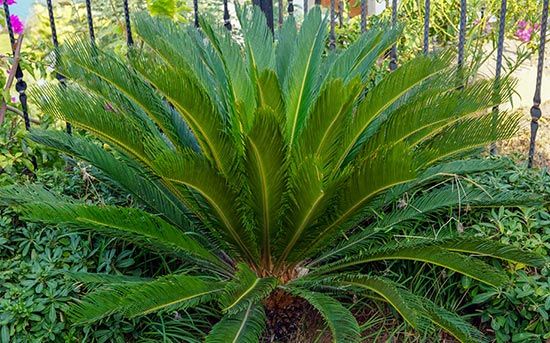
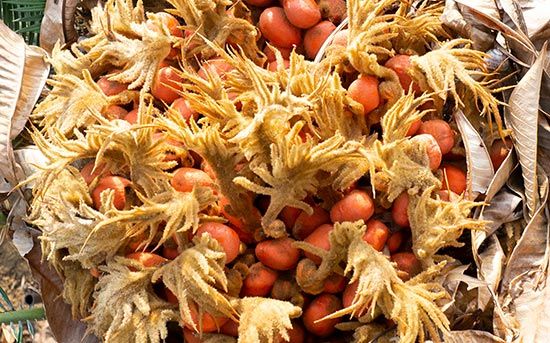
Clinical signs of ingestion include vomiting, melena (bloody bowel movements), jaundice, increased thirst, hemorrhagic gastroenteritis, bruising, coagulopathy (impaired blood clotting), liver damage, liver failure, and death.2
As soon as Stephanie arrived at the emergency center with her dogs, the veterinary staff went to work administering treatments to combat the effects of the Sago palm toxin.
Neither Dog Was Able to Survive the Toxin
Tragically, shortly after their arrival, the vet staff informed the couple that Maisy, a “healthy, happy dog one day prior,” according to Stephanie, couldn’t be saved. Luckily, Murphy seemed to respond to the treatments, and returned to Illinois with the Evanses.
Unfortunately, back at home, the dog grew lethargic and depressed, and his recovery hit a wall. The couple took Murphy to his regular veterinarian and learned his liver was failing as a result of the sago palm toxin. He was so sick by that point that the Evanses had to make the difficult decision to have him euthanized.
After losing both their precious dogs to Sago palm poisoning, the Evanses learned that very few pet parents, including those in South Carolina where the plant is relatively common, knew how dangerous it was. Stephanie was determined to “educate people about the danger of this plant” in honor of her late devoted dogs.
The Evanses spread their story on social media and thousands have since shared their posts, which is a hopeful sign that the word is getting out.
“I am a firm believer that things happen for a reason and there has to be a silver lining somewhere,” said Stephanie. “That silver lining is preventing this from happening to some other family. Our dogs were such big parts of our family, and their loss has hurt so much.”
Sago Palm Is One of the Top 4 Toxic Outdoor Plants
The Sago palm is considered one of the top four most common outdoor plants poisonous to dogs and cats.3 It’s a landscaping palm found in warm, humid climates, and is also sometimes found indoors as a small bonsai or houseplant. All parts of the plant are poisonous, and especially the seeds. Just one to two seeds from a female sago can cause symptoms of poisoning in pets. Rounding out the toxic top four:
- Lilies
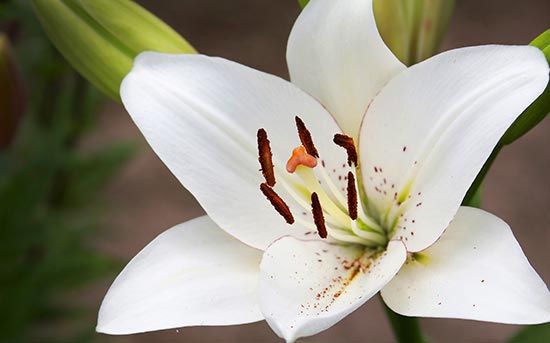
True lily
Lilies from the lilium and Hemerocallis species (called “true” lilies) are deadly to kitties. These include the Easter, tiger, Japanese show, stargazer, rubrum, and day lily. Just two to three leaves or petals, or even the pollen or water from a vase holding the lilies, can result in severe acute kidney failure and death.
Signs of poisoning include vomiting, lack of appetite, abnormal urination, lethargy, and progressive kidney damage. Treatment typically involves a 48-hour hospital stay, aggressive decontamination, anti-vomiting meds, and intravenous (IV) fluids. With immediate treatment, most cats can survive this type of poisoning. - Plants containing cardiac glycosides
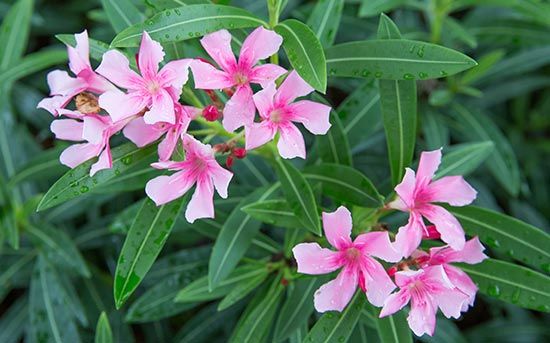
Oleander
This includes dogbane, foxglove, milkweed, kalanchoe, lily of the valley, and oleander. The good news is these plants have been instrumental in the development of life-saving heart medications for both humans and animals. The bad news is accidental ingestion of these substances by a cat or dog can be life threatening.
Signs of poisoning involve the gastrointestinal (GI) tract (drooling, vomiting), the cardiovascular system (very slow or rapid heart rate, arrhythmia), electrolyte imbalances (e.g., high potassium levels), and central nervous system signs (dilated pupils, tremors, seizures).
Immediate veterinary intervention is required, and will include decontamination, IV fluids, heart and blood pressure monitoring, heart medications, and supportive care. - Blue-green algae
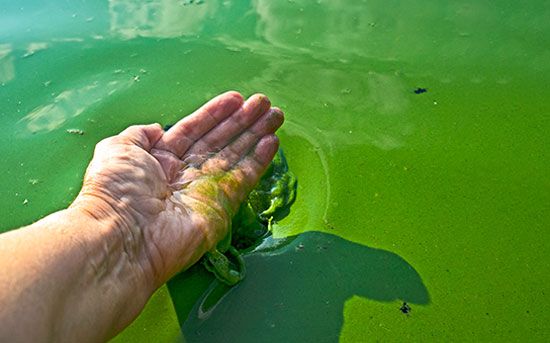
Blue-green algae
Blue-green algae poisoning is fortunately rare, but just a tiny amount (a few licks) can be fatal. Blue-green algae, or cyanobacteria, grow on top of freshwater or brackish bodies of water. Typically, the algae blossoms during warm, humid weather.
The toxins found in cyanobacteria can cause severe liver failure and neurologic signs and can cause death within a matter of hours. Keep your pet away from any water with algae floating on it, because it’s impossible to know if it’s the deadly kind without laboratory analysis.
Sadly, even with aggressive treatment including IV fluids, blood transfusions, and appropriate medications, the prognosis is poor for pets who consume blue-green algae.
Top 5 Indoor Plants to Keep Out of Reach of Your Pet
- Spring flowers

Daffodils
Certain spring bulbs, including daffodils, hyacinth, and tulips, can cause mild vomiting or diarrhea in pets who ingest them. If a massive number of bulbs are eaten, they can cause an obstruction in your pet’s stomach or intestines. Complications can include an elevated heart and respiration rate, and much less commonly, a drop in blood pressure and tremors or seizures.
The greens and flowers themselves are generally thought to be safe if your dog or cat nibbles on them — it’s the bulbs that pose the greatest danger. If your pet ingests the bulbs, he’ll be treated with decontamination, fluid therapy, and anti-vomiting meds if necessary. - Kalanchoe
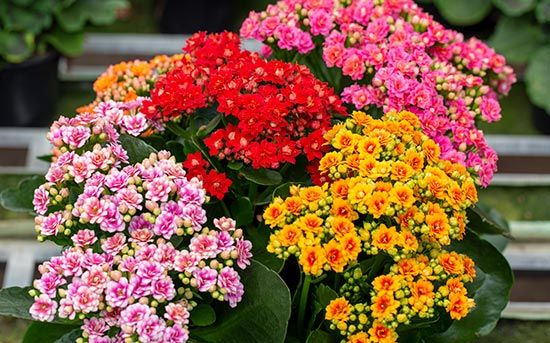
Kalanchoe
Kalanchoe plants are beautiful but unfortunately, they’re also deadly if your dog or cat nibbles on one because they contain cardiac glycosides. Signs of poisoning involve the GI tract (drooling, vomiting), the cardiovascular system (very slow or rapid heart rate, arrhythmia), electrolyte imbalances (e.g., high potassium levels), and central nervous system signs (dilated pupils, tremors, seizures).
Immediate veterinary intervention is required, and will include decontamination, IV fluids, heart and blood pressure monitoring, heart medications, and supportive care. - Plants from the Araceae family
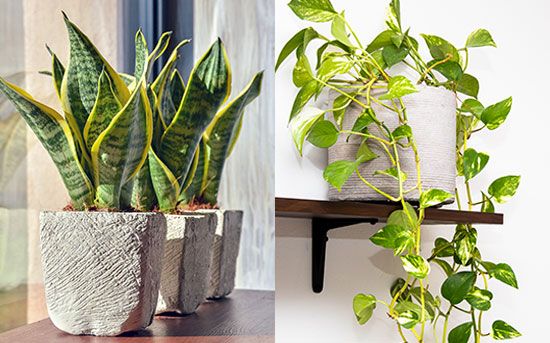
Mother-in-law's tongue and devil's ivy
These include the philodendron, pothos, peace lily, calla lily, dumb cane, arrowhead vine, mother-in-law’s tongue, sweetheart vine, devil’s ivy, umbrella plant, and elephant ear.
These are common houseplants and contain insoluble calcium oxalate crystals. If your pet chews on one of them, it can cause severe mouth pain. Signs your dog or cat may have sampled one of these plants include drooling, pawing at the mouth, a swollen muzzle or lips, and occasionally, vomiting.
Fortunately, these plants aren’t considered deadly, so if your pet chews one, give him some milk or yogurt to minimize damage from the calcium oxalate crystals. Keep a close watch on him, and if his symptoms don’t subside or get worse, call your veterinarian. - English shamrock, rhubarb (leaves), and tropical star fruit

Rhubarb
These houseplants contain soluble calcium oxalates, which are very different from insoluble calcium oxalate plants. Fortunately, pet poisonings involving these plants are rare, but when it happens it’s a life-threatening emergency because ingestion causes blood calcium levels to plummet and can also cause calcium oxalate crystals to form in the kidneys, causing acute kidney failure.
Signs of poisoning include drooling, lack of appetite, vomiting, lethargy, tremors, and abnormal urination. If you know or suspect your pet has ingested one of these plants, call your veterinarian right away. Blood tests and (IV) fluids will be necessary. - Corn plant/dragon tree
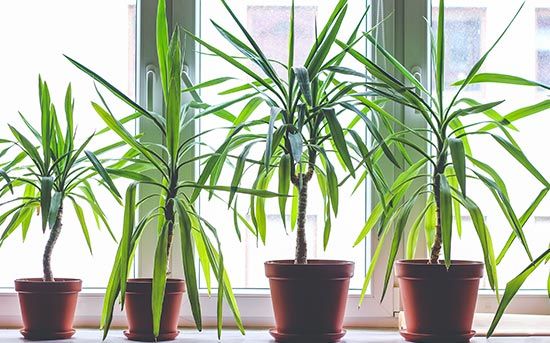
Dragon tree
Corn plants contain saponins, which are anti-nutrients that interfere with absorption of essential nutrients. If your pet should sample a corn plant, it can cause dilated pupils, drooling, vomiting, diarrhea, and lethargy. This is a much more benign type of poisoning than some others, but you’ll still want to keep this plant out of your dog’s or cat’s reach.
Remember, even if you only suspect your pet has sampled a toxic plant, it’s better to be safe than sorry. Contact your veterinarian, the nearest emergency animal hospital, the ASPCA Animal Poison Control Center at 888-426-4435, or the Pet Poison Helpline at 855-764-7661.
Sources and References
Today's Pet Video:
Feline ‘Bandit’ Feeling Relaxed!
Bandit likes being the baby that gets plenty of tummy rubs, especially when he’s resting comfortably in his human’s arms. However, it’s possible Bandit has an exhibitionist streak!











